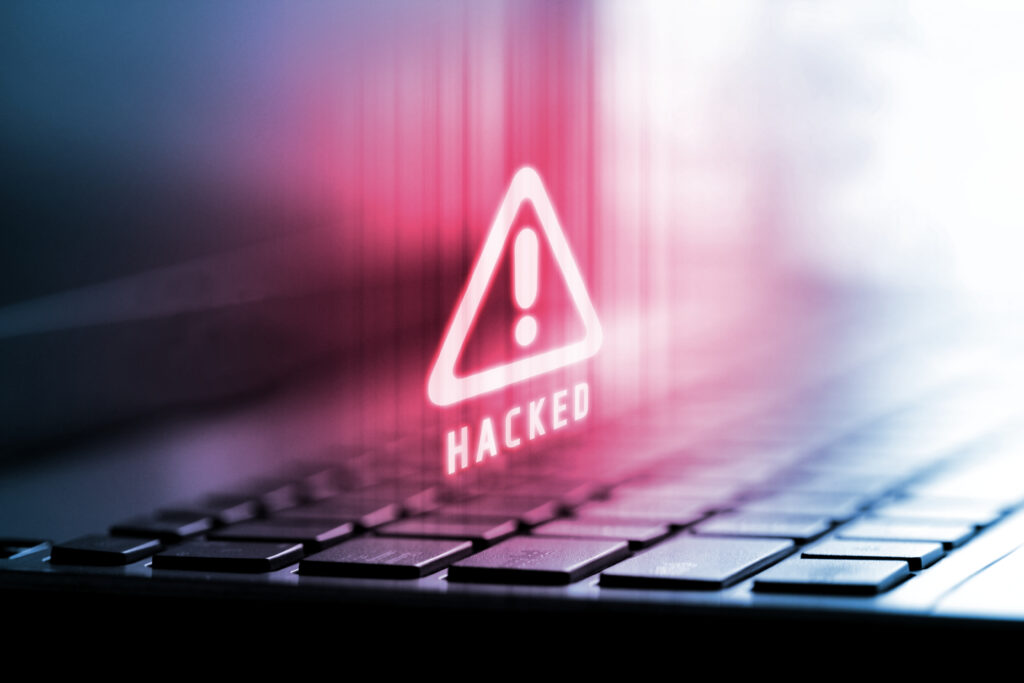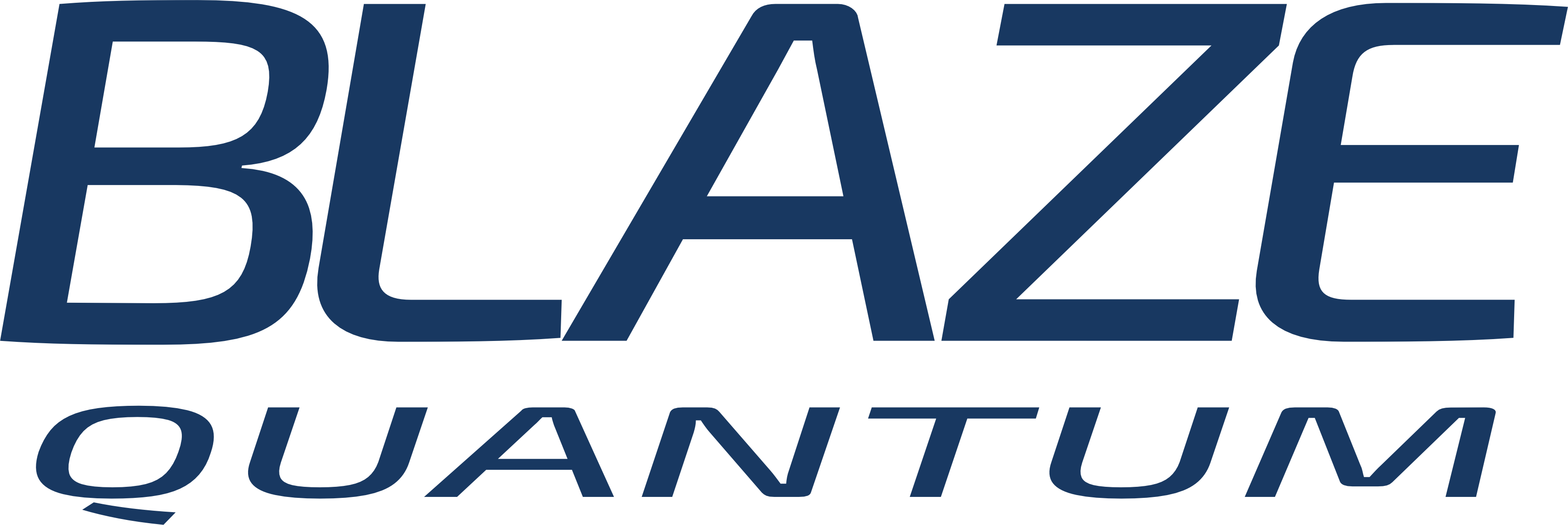Unpacking the MOVEit Data Breach
The MOVEit data transfer system, a trusted workhorse for many businesses, was abruptly thrust into the limelight due to a substantial data breach incident. The malefactor behind this cyber incident was none other than Clop, a notorious ransomware group with a lengthy track record of high-profile attacks. Known for its ruthless assaults on corporate networks, Clop’s list of victims spans esteemed universities to top-tier U.S. banks.
The plot becomes more convoluted when we delve into the origins of Clop. Allegedly hailing from Russia, the group had been shrewdly exploiting a significant security flaw in the MOVEit Transfer tool since late May. This tool, a brainchild of Progress Software, serves as the essential link for worldwide corporations and enterprises, allowing them to transfer hefty files across expansive cyberspace.
Responding to the emergency, Progress Software acted swiftly to patch the threatening vulnerability. However, the mitigation measures arrived just a smidgen too late. The digital footprints of numerous customers had already been exposed to the mercies of the ruthless Clop.
The impact of this cyber onslaught was staggering. Victims of the ransomware attack included the BBC, British Airways, and the US Department of Energy. Major audit firms were not spared either, with PricewaterhouseCoopers LLP’s Australian unit and U.K.-based Ernst & Young Global Ltd falling prey to the attack. The list of victims stretched to Southeast Asia, with Prudential Assurance Malaysia Berhad and Prudential BSN Takaful Berhad in Malaysia being targeted.
The situation took an even darker turn when it was revealed that the exploitation was far from over. A new layer of complexity was added to the incident as a separate set of exploits, distinct from the previously addressed issue, was discovered. In response to this latest vulnerability, Progress Software demonstrated continued vigilance, releasing additional patches for MOVEit Transfer and MOVEit Cloud. Despite their efforts, the narrative of the MOVEit data breach underscores the ever-present danger of cyber threats and the need for advanced security measures in file transfer solutions.
MOVEit’s Safety Concerns: Digging Deeper

The data breach involving MOVEit, though rapidly addressed, signaled a warning bell for the cybersecurity landscape. The event underlined a chilling fact – any software, even those thought to be secure and reliable, like MOVEit, can be exploited by cyber attackers. It was a stark reminder of the ever-evolving nature of cybersecurity threats and the importance of continuous security enhancements.
Despite the swift remedial actions taken by the MOVEit team, which included patching the identified vulnerabilities, the damage was done. The repercussions of the breach went beyond immediate data loss; it chipped away user trust and confidence in the system. Companies and individuals who relied on MOVEit for transferring crucial files were forced to reconsider their choices and look for safer alternatives.
This incident illustrated that no system can offer a 100% security guarantee. Digital landscapes are continually changing, and threat actors are incessantly seeking and finding new ways to exploit systems. The technologies and security measures we regard as robust today may become susceptible tomorrow as cyber-attacks grow more sophisticated.
Therefore, when dealing with file transfer systems – a platform through which sensitive and confidential data is often exchanged – it is paramount to opt for solutions that aren’t just secure but are equipped to handle the security threats of tomorrow. In other words, we need future-proof security measures.
Moreover, this scenario also underscored the importance of timely and regular software updates, comprehensive risk assessments, stringent security protocols, and proactive defensive strategies to predict and prevent potential breaches. It has stressed that cybersecurity is not a one-time task but a continuous process of improvement and evolution.
So, the big question arises – what does future-proof security look like? The answer lies in adopting technologies that can withstand not just the threats of today, but also those on the horizon, including threats presented by advances in quantum computing. Post-quantum encryption solutions, for instance, offer a promising pathway toward a more secure data transfer landscape.
Embracing BLAZE Transfer: Your Post-Quantum E2EE File Transfer Solution

If MOVEit has fallen out of favor due to its vulnerabilities, then what’s the alternative? Enter BLAZE Transfer. BLAZE Transfer isn’t just an alternative to MOVEit; it represents a new frontier in file transfer solutions, bringing post-quantum, end-to-end encrypted (E2EE) technology to the table. In doing so, it’s not just addressing the security concerns of the present day but is also paving the way for a future where data transfers are safer and more secure than ever.
But what exactly does “post-quantum” mean? Post-quantum cryptography might sound like something out of a science fiction novel, but it’s very much grounded in today’s reality. In layman’s terms, post-quantum cryptography refers to encryption algorithms specifically designed to secure data against both classic and emergent quantum computer attacks. As quantum computing becomes increasingly accessible and advanced, the likelihood of quantum computers being capable of cracking our current encryption methods also increases. This is where post-quantum solutions like BLAZE step in, offering robust protection against these potential future threats.
Why Should You Choose BLAZE Transfer?
BLAZE Transfer stands tall, incorporating cutting-edge post-quantum cryptographic techniques that offer superior security compared to many existing solutions. But what does this mean for you? How does it translate into real-world benefits?
The beauty of BLAZE Transfer’s end-to-end encryption lies in its simplicity and effectiveness. When you send a file using BLAZE Transfer, only the intended recipient can access the data. This is because the data is encrypted from the moment it leaves your device until it reaches its final destination. There is no possibility for intermediaries, even BLAZE itself, to decrypt the information while it’s in transit. Your data remains confidential and secure at all times, significantly reducing the risks associated with data breaches and ensuring maximum privacy.
In addition, the team behind BLAZE Transfer is constantly updating and refining its system. They are committed to staying at the forefront of post-quantum cryptography, ensuring that BLAZE Transfer continues to offer the best protection possible against both current and future cyber threats.
Conclusion
While cybersecurity incidents like the MOVEit breach may shake our confidence in digital security, they also provide opportunities for progress. These incidents highlight the need for innovative, future-proof solutions. BLAZE Transfer, with its post-quantum E2EE file transfer system, is just such a solution. It promises robust protection for data in transit and provides peace of mind for its users. The future of secure file transfer is not just on the horizon; it’s already here, and it’s quantum-proof. Embrace the future with BLAZE Transfer.




